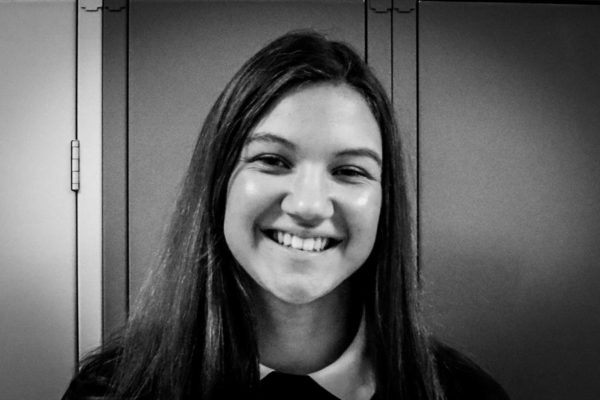Cue the merch sales. The TikToks. The predictions.
For weeks every January, thousands of dancers are buzzing about the pinnacle of the collegiate dance season: the Universal Dance Association’s national competition in Orlando, Florida.
Like any other high-profile sporting event, big names are watching. Before NBA players are tweeting about March Madness athletes, Emmy-award-winners are on the edge of their seats streaming UDA Nationals online.
Like any other high-profile sporting event, little ones are watching, too. Before a little boy sees the Superbowl and decides to sign up for football in February, a UDA performance has inspired a little girl to start dance earlier in the year.
And like any other high-profile sporting event, every participating athlete has spent months in weight rooms, on courts and at early-morning practices preparing for the competition.
UDA College Nationals is a high-profile sporting event in every sense of the phrase.
Its participants, recruited for their success in national dance competitions and even television shows, are sought-after athletes.
But in 2024, the NCAA still doesn’t consider dance a sport—what the association defines as “an institutionalized activity involving physical exertion with the primary purpose being competition versus other teams or individuals.”
While few would deny that dance involves physical exertion, some question a school dance team’s ability to satisfy the second criterion: a primary purpose of competition.
This misconception is based on an archaic definition of a college dance team. Most teams’ primary purpose is no longer standing courtside with pom poms or providing halftime entertainment while the ‘real’ athletes rest. That may be the side football and basketball fans see, but the reality?
Games are just a dance team’s side hustle.
Dancers don’t go from attending hours-long rehearsals at their home studios, winning titles on national stages and sometimes even appearing on Fox’s or NBC’s dance shows as kids to be someone else’s cheerleader.
Today, dancers join revered college dance programs like Ohio State’s or the University of Minnesota’s to put unforgettable routines on the UDA Nationals floor—the culmination of countless behind-the-scenes practices.
But after dancers return as national champions from the ESPN Wide World of Sports Complex—that’s right, UDA Nationals are held at a sports complex—they continue costly educations without a dime in athletic scholarships.
The dancers have just broken the internet with their performances, attracted talent to their schools and garnered the respect of thousands, yet the NCAA fails to recognize them with the funding, media coverage and academic crutches afforded to comparably gifted athletes.
College dance as it exists in 2024 deserves to be an NCAA-recognized sport—and if you’re not convinced, let Abby Ruebush’s Top 5 performances from Jan. 14’s UDA National Finals change your mind.
5. Texas Tech Jazz (“Don’t Speak”)
Texas Tech brought yet another effortless-looking lyrical performance to Orlando this year, earning the team sixth in the stacked D1A Jazz category: UDA’s catch-all for performances that are neither pom nor hip hop.
The dancers balanced grace and fluidity with athleticism and power as they danced to rock band No Doubt’s “Don’t Speak”—not that anyone in the audience would have, during a performance so dense with eye-catching movements.
The intricate choreography included some of the most seamless transitions and frequent formation changes I’ve seen in recent competitions—an impressive distinction considering the sheer emphasis placed on formations in school dance. Unlike in other dance venues, it’s not uncommon for school dance teams to exceed 20 formation changes over the course of their two-minute routines.
But the way the dancers moved across the stage wasn’t the team’s only ‘wow’ factor. The routine was jam-packed with jaw-dropping switch leaps, turns and aerial skills executed by an unusually large proportion of the team. Even the most advanced teams sometimes leave more complicated jumps to a select few dancers, but not Texas Tech.
The team dared to incorporate difficult jumps for all dancers, including a full-team aerial to the back corner of the stage in a tight formation—a directional choice requiring acute spatial awareness.
From a skill execution standpoint, Texas Tech is about as technical as it gets.
4. University of Minnesota Pom
You don’t have to watch the performance that earned the University of Minnesota dance team its second consecutive D1A pom title to see why they won.
Just look at a picture.
Toe-touch oversplits out of everyone from the dancers in the back corner to the one front and center, and not a hair out of place.
The level of precision the team brought to the floor on every movement, from pure pom arms to abnormally long and complex turn combos requiring years of practice to master—let alone synchronize—is a testament to their athleticism.
Athleticism, in the form of skills they worked tirelessly to perfect but would never perform on a football sideline—reminding us that this, the competition stage, is their final destination.
But in between those insane pirouettes and 540-degree jumps, the group pulls off pure fun: the hype and spirit that pom is supposed to be all about.
That in itself—the ability to not only plaster a smile on their faces, but manage dynamic facial switch-ups during the more choreography-dense part of the performance—is worthy of applause. That degree of expressiveness requires incredible commitment from dancers whose legs and arms are burning mid-performance.
But a spectator unfamiliar with the struggle would never know the pain from Minnesota’s performance. Like all the best dancers, they made it look easy.
3. Ohio State University Jazz (“My Way”)
Understated and larger than life.
Somehow, the Ohio State University dance team manages to be both—and, as their social media posts about this year’s routine will tell you, that’s just ‘their way.’
Set to Frank Sinatra’s “My Way,” the routine that won OSU the 2024 D1A Jazz title isn’t loaded with the complicated trick sequences of their competitors. That’s the beauty of OSU dancers: They have the athleticism and power to wow with pure choreography.
A dancer gets a running start for nothing more than a vertical jump—no split. Two dancers prep for what looks like a lift, only to slide another girl across the floor. The team spends several of their limited eight-counts doing what is essentially throwing their jacket prop in a circle, running downstage and ending their routine by clapping.
And it works.
Because OSU dancers, with the help of this year’s Emmy-winning choreographer Travis Wall, know how to tell a story. How to elicit tears (no joke) amid the intentional understatedness. How to play with dynamics and their own sheer skill to go from a slow, perfect penché with a risky tie prop one minute to a spine-chilling 360-degree jump to the floor the next.
It’s not just about having perfect turns in second, intentionally throwing off twenty dancers’ centers with an unprecedented dip to the side in the middle of the combo and still nailing the jump out on the word “up”— although it could just be about that, and these dancers would still deserve recognition for their athleticism.
There’s more to it. There’s something uniquely goosebump-inducing about watching OSU execute one of their famous jazz routines with not only skill, but the raw emotion that makes dance an art and a sport.
2. Louisiana State University Hip Hop (“Smooth Criminal”)
The LSU Tiger Girls have been on a roll with their Sammy McFadden- and Carsen Rowe-choreographed hip hop routines for the past few years, so they shocked no one by claiming the D1A Hip Hop national title earlier this month.
But for a team whose most iconic recent performances—2022’s viral routine to Ciara’s “Like a Boy” and last year’s to Beyoncé’s “Crazy in Love”—have been set to twenty-first century hits, this year’s song choice suprised fans.
Performing to Michael Jackson’s “Smooth Criminal” was a creative gamble, but the Tiger Girls had audiences addicted—social media users on multiple platforms commenting that they couldn’t stop watching. Some online viewers even assumed the group clad in hats and ties was an all-male ensemble before learning the team is comprised solely of women.
An ironic assumption given the Tiger Girls’ historic battle against male sports programs for funding—male sports the dance team clearly matched with their athleticism this season.
Deeper, quicker lunges in a genre already notorious for requiring leg strength. Intense jumps and cardio practically every eight-count. Synchronization of more than just the technical skills, but of incredibly stylized, Michael Jackson-esque choreography—synchronization demanding long days and nights of practice.
No one can show off dance’s sheer physical difficulty with more entertainment value than LSU, and this year’s performance was more than enough confirmation.
1. University of Minnesota Jazz (“Dream On”)
The University of Minnesota’s 2024 performance to “Dream On” by Aerosmith, is the dance community’s new Roman Empire.
Just listen to the screams in the background of any video, increasing with every perfectly-timed turn in this iconic recreate of Minnesota’s first “Dream On” performance in 2004.
Despite placing second to Ohio State in the D1A Jazz category by less than half a point, the performance has made waves outside of the dance world, too—earning millions of views on TikTok, coverage from mainstream news outlets and even a tweet from Minnesota governor Tim Walz: “This is badass.”
Well-said, Tim.
Matthew Greco, the first male member in the team’s history, executing a front flip into several floats and pirouettes with a perfectly-timed exit centerstage? Badass.
An entire team pulling off perfectly synchronized floats, into an aerial, into box turns—all without pausing or even putting a leg down? Badass.
The fact that the entire thing was choreographed by the team itself—a team of busy college students with academic studies and strict training regimens outside the lengthy creative process? Badass doesn’t begin to cover it.
The Walt Disney World resort where UDA Nationals are held truly was the most magical place on Earth this Jan. 12-14, if only because the University of Minnesota dance team was there performing this routine.























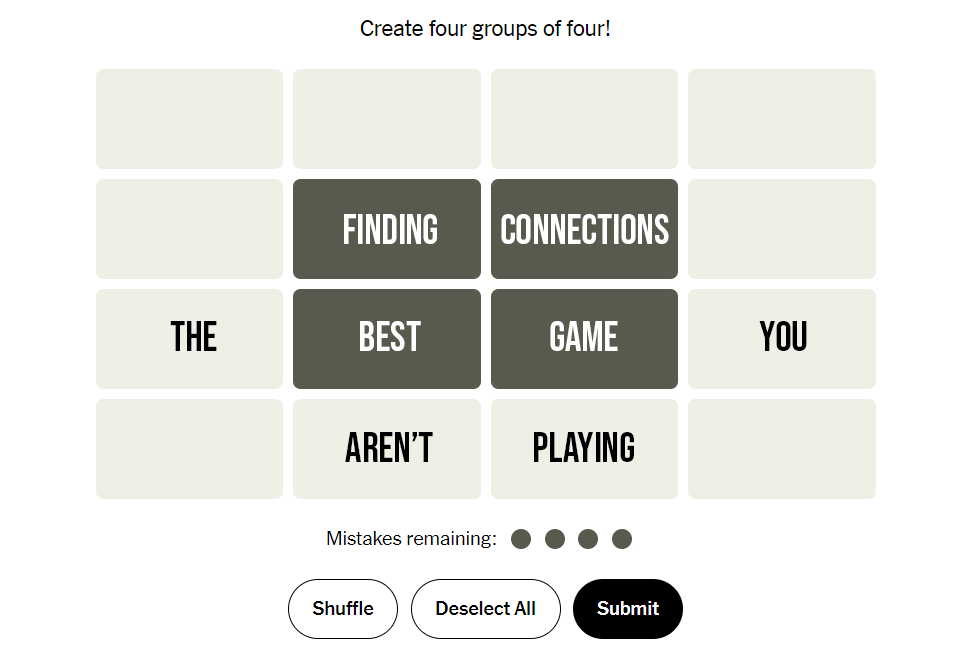






![Coach Drengwitz on the loss to Mt. Carmel, 2024 season [video]](https://nchsinkspot.com/wp-content/uploads/2024/11/Postseason-presser-feature-1200x800.png)
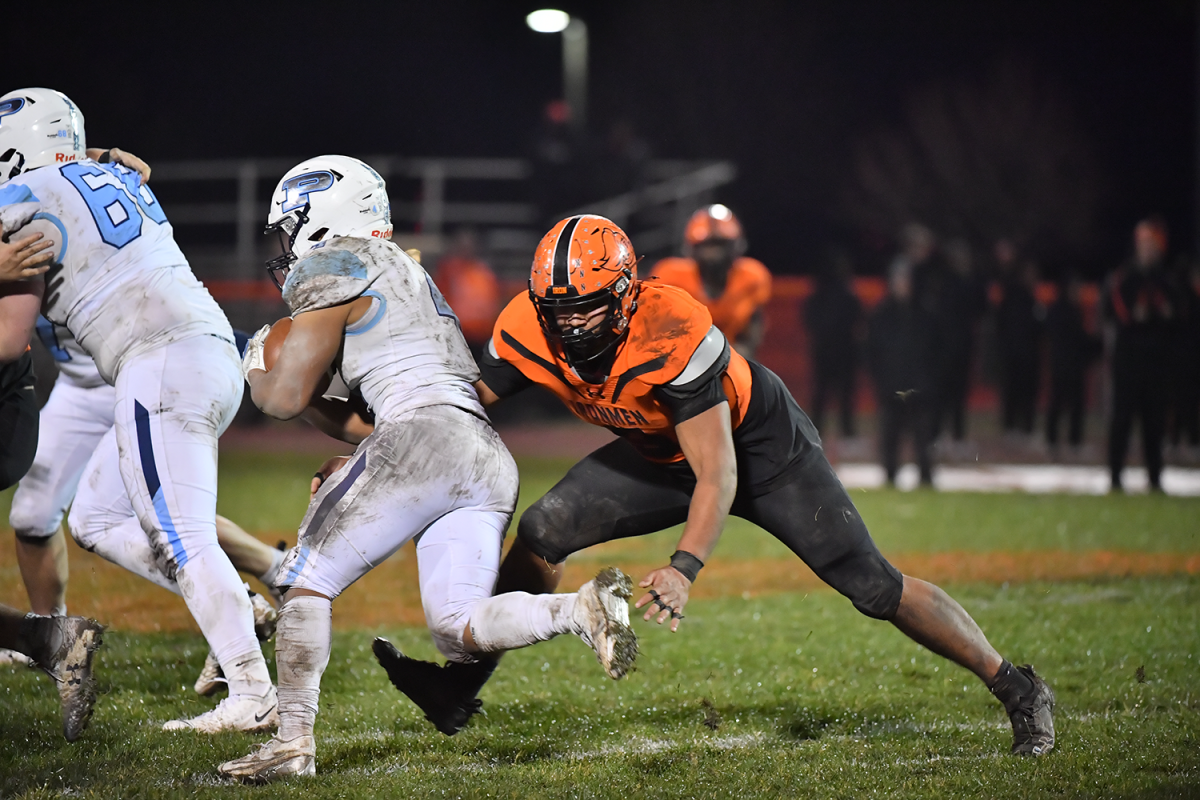

![IHSA 7A Football Playoffs Quarterfinals: Ironmen head coach on facing the Mt. Carmel Caravan [video]](https://nchsinkspot.com/wp-content/uploads/2024/11/0w12-web-feature-1200x800.png)












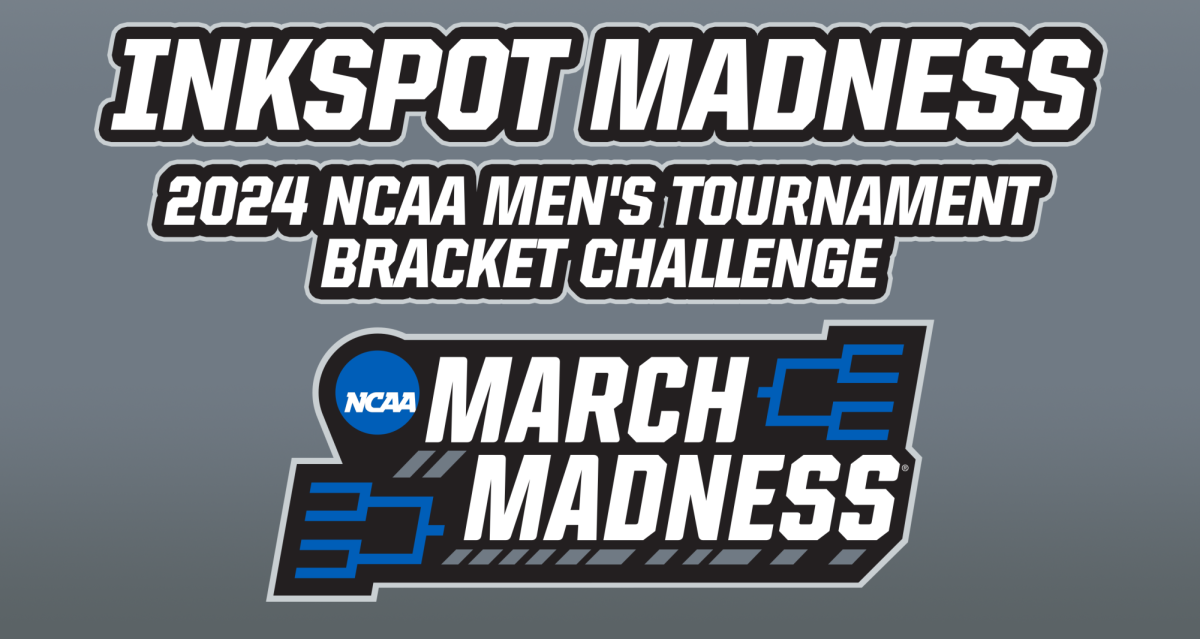
![Halloween candy cross section quiz [quiz]](https://nchsinkspot.com/wp-content/uploads/2022/10/Candy-cover-big-900x675.png)
![Average Jonah? [quiz]](https://nchsinkspot.com/wp-content/uploads/2022/05/average-jonah-900x600.png)


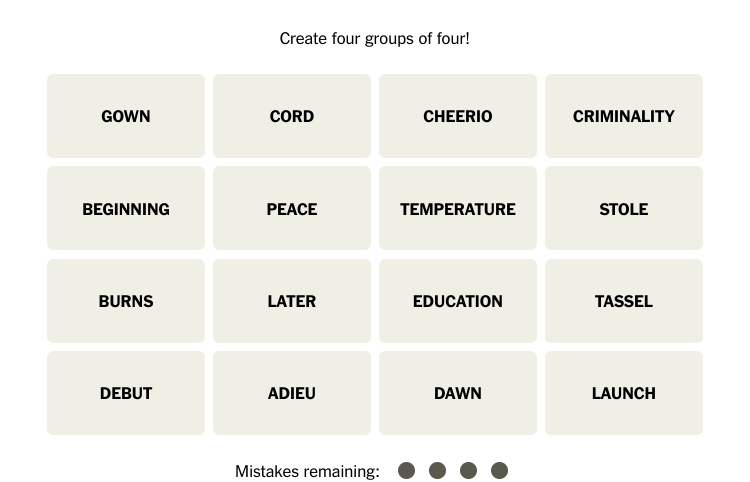



















![Cell phone ban in schools? Community responds to proposed legislation [video]](https://nchsinkspot.com/wp-content/uploads/2025/04/Sequence.00_01_09_19.Still001-1200x675.png)





![Ironmen spring sports update: April 9 [video]](https://nchsinkspot.com/wp-content/uploads/2025/04/sports-recap-square-1200x1200.png)

![Ironmen in the hunt: Coach Feeney talks Big 12 Title race ahead of PND matchup [video]](https://nchsinkspot.com/wp-content/uploads/2025/01/feeney-1200x675.png)
![On the Spot: This or That – Halloween [video]](https://nchsinkspot.com/wp-content/uploads/2024/10/tot-Halloween-YT-1200x675.png)
![On the Spot: This or That – Fall favorites [video]](https://nchsinkspot.com/wp-content/uploads/2024/10/ots-fall-web-1200x800.png)
![On the Spot – Teachers tested on 2023’s hottest words [video]](https://nchsinkspot.com/wp-content/uploads/2024/01/On-the-Spot-Teachers-tested-1200x675.png)








